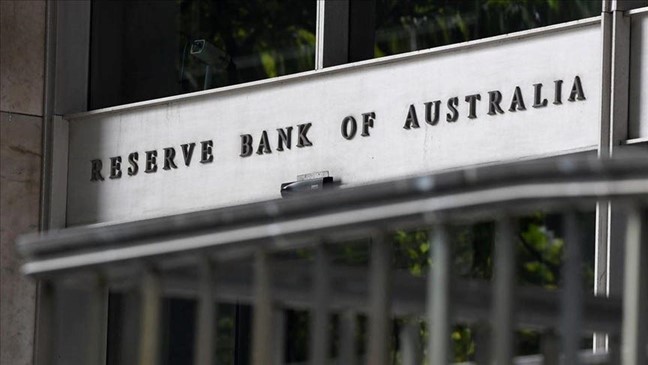

Tomorrow brings a momentous day for the Reserve Bank of Australia, and it could also be a special day for home loan repayment ‘sufferers’ because central bank watchers think we’ll hear some hints that possibly rate rises are over and cuts could come earlier than expected a week ago.
As from this week, our RBA adopts a US Fed-style meeting, which means the Bank meets over two days instead of one. Then at 2.30pm the Board’s decision will be made public. The Governor’s name won’t be on the statement about the rate decision, instead it will be from the Board.
In a big departure from history, RBA Governor Michel Bullock will face the press about the Bank’s view on the economy and what was behind the rate decision.
It will be headline-making and stock market influencing. The bond market, which is interest rate dependent, will hang on every word Ms Bullock utters.
One question the governor is bound to get from headline-seeking journalists is whether the changes to the stage three tax cuts will be pro-inflationary. The governor’s answer to that will be carefully rehearsed.
On the actual important rate decision, Tom Dusevic from The Australian went to the country’s biggest bank, and this is what he found: “Commonwealth Bank head of Australian economics Gareth Aird, speaking for many analysts, declares the case to leave monetary policy on hold ‘is stronger than at any point in the last two years’ and sees ‘no chance of any other outcome’. He argues that while there’s still work to do to get inflation back in the 2-3 per cent target zone, the RBA is ‘in the home straight’.”
Some economists are arguing that inflation will be sticky above 3% possibly because of services inflation, the Middle East crisis effect on the price of oil and other supply-side challenges, but they’re just guessing.
Few of these well-trained economy ‘guess merchants’ tipped last week’s drop in inflation, which saw the CPI come in at 4.1% in the December quarter, easing from the September quarter pace of 5.4%, which was a two-year low.
I still think most economists are underestimating the impact of the mortgage cliff that now must have most Aussies on high variable rate home loans, after years being on low fixed rate loans.
This week’s data on car sales, job ads, the Melbourne Institute’s inflation gauge and monthly spending indicators should tell us if the ‘cliff’ is now hurting spending.
The RBA now meets eight times a year: February, March, May, June, August, September, November, and December. The March meeting will be important for best-guessing when rate cuts might come. By then, we’ll have a good idea if the CPI drop is sustained on a monthly basis.
That said, I can’t see a rate cut before May. Even then, the Board might want to hold back until the June meeting, which gives them around half-a-year of data on inflation and the economy.
One big reason for the RBA to move earlier will be unemployment. If this starts to rise quicker than expected, then cuts could also come sooner than now tipped.
I should remind everyone that the RBA historically overtightens and is slow to cut, but then has to compensate by cutting more aggressively to avoid a recession. I wonder if this new board, with more time for meetings and with fewer meetings, will get it more right than Boards of the past?
I damn well hope so!